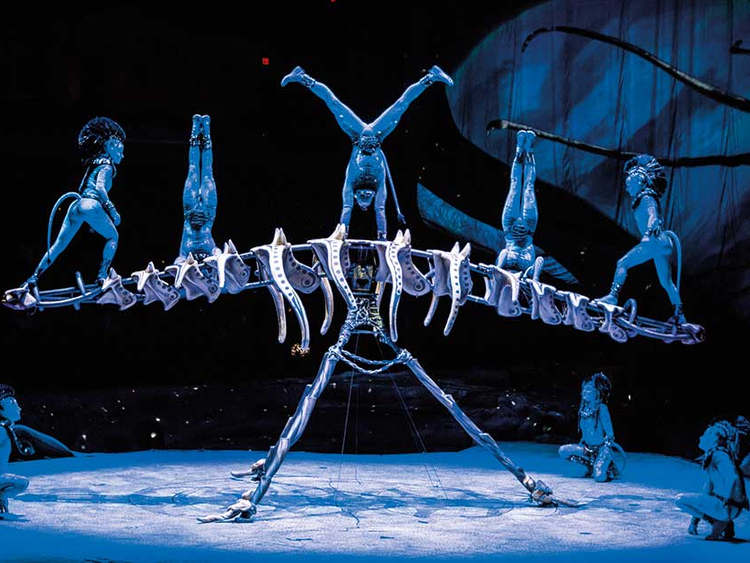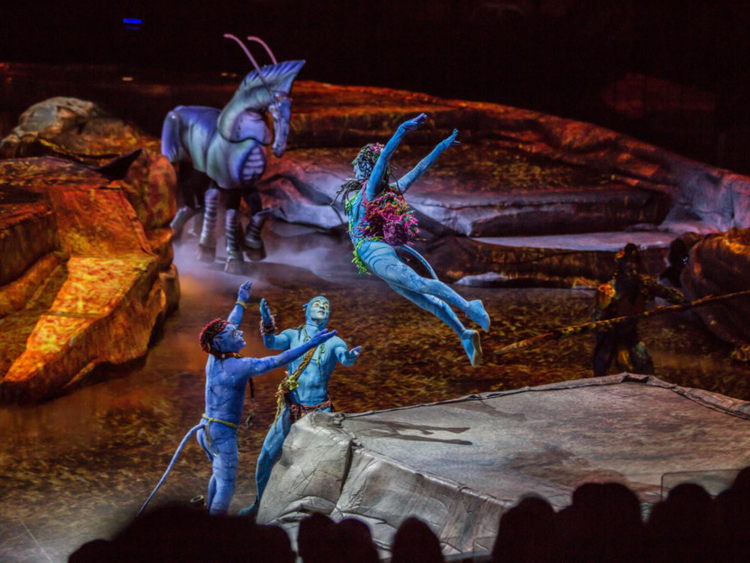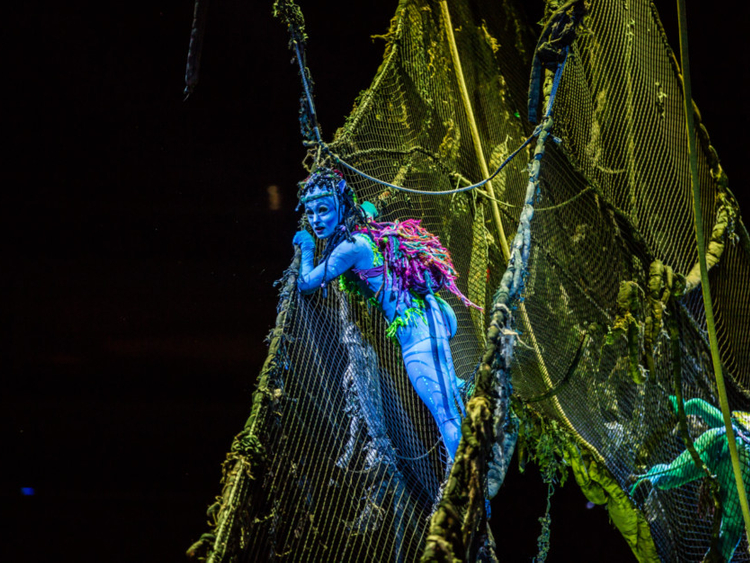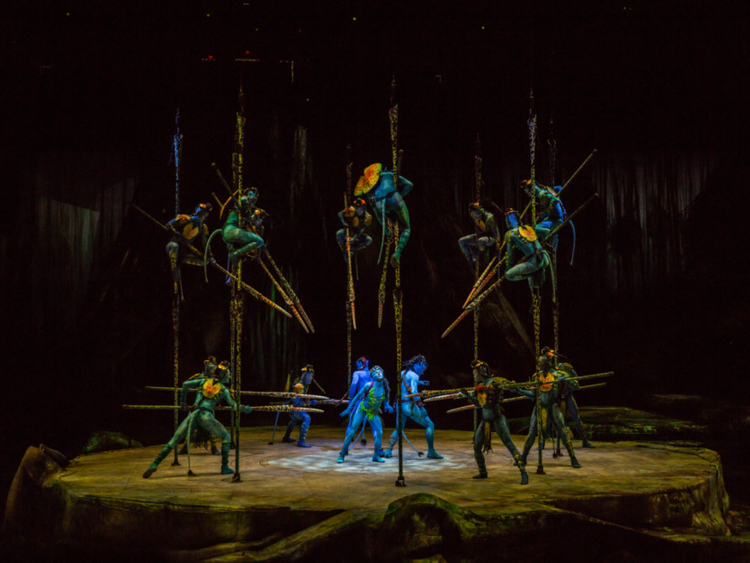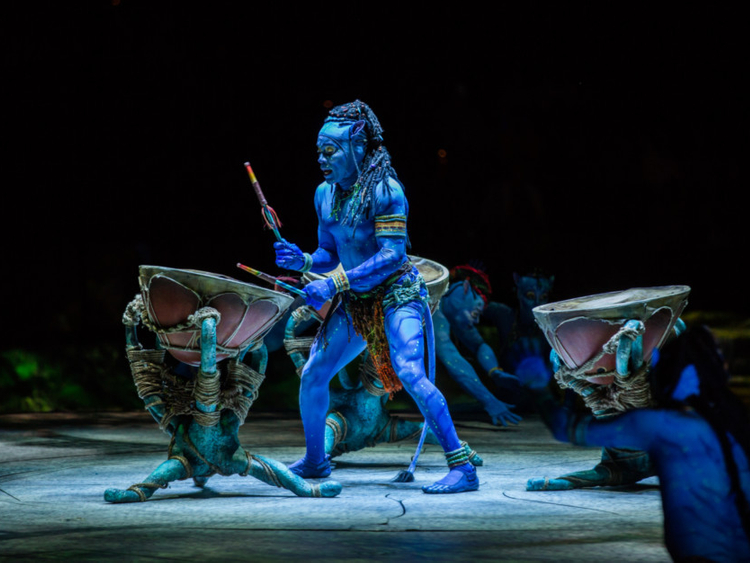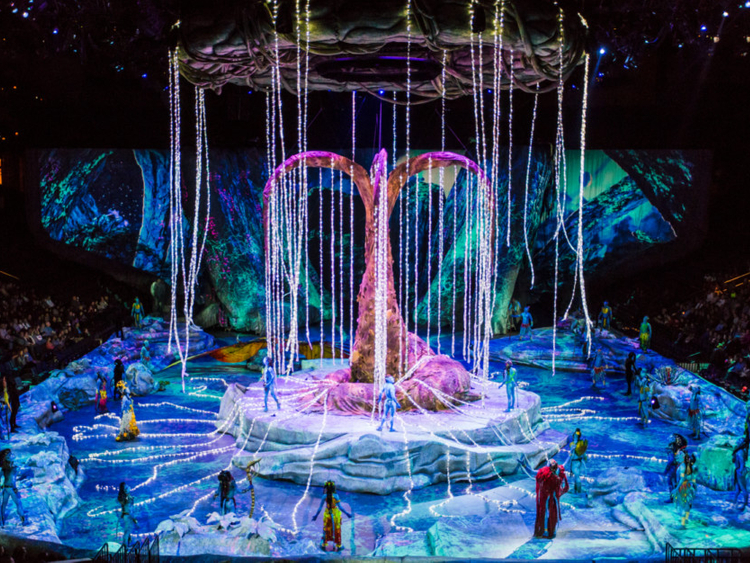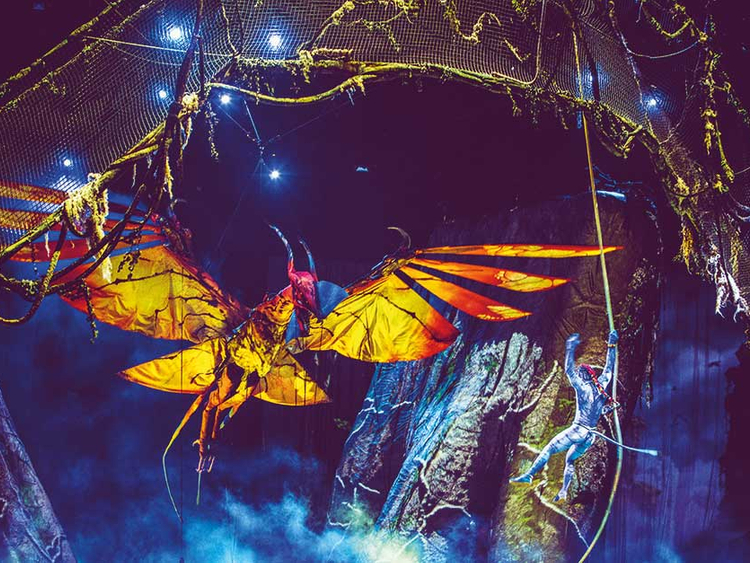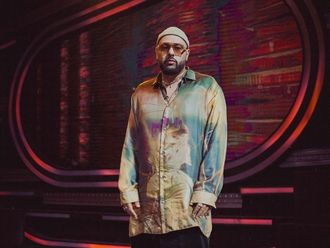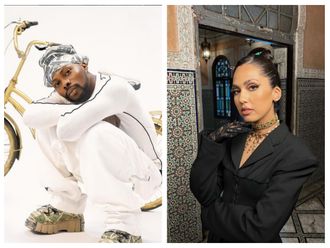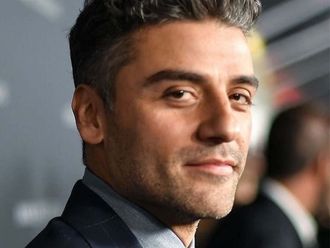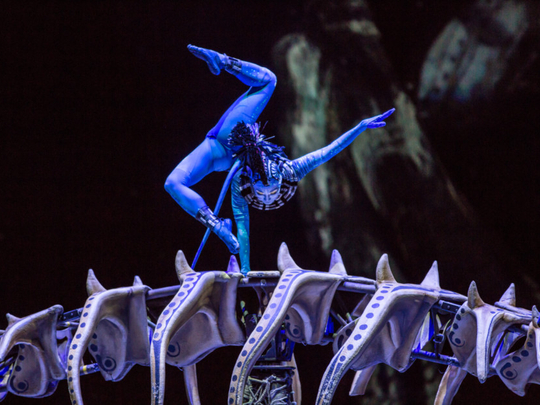
Cirque du Soleil is returning to Dubai — and this time, they’re bringing big screen inspiration to the stage. Toruk – The First Flight is set in the world of James Cameron’s science fiction epic Avatar, the highest grossing film of all time, and tells a similarly fantastical and visual story, narrated in English.
The acrobatic spectacle arrives at Dubai World Trade Centre on January 4 and runs until January 16. Ahead of the show, we got a nitty-gritty rundown of what to expect from artistic director Hugo Martins.
Toruk – The First Flight is of course inspired by Avatar. What does the show borrow from the movie?
Toruk – The First Flight is set 3,000 years before James Cameron’s Avatar on the same moon, Pandora, as depicted in the movie. Through the use of 40 projectors and many set pieces, we recreate the various sceneries of Pandora — from lush jungle to dry deserts, waterfalls, volcano eruptions, etc. If you’ve seen the movie, you’ll also recognise some Na’vi clans and creatures from Avatar. For example, the Toruk, the orange winged predator that appeared at the end of the movie, plays a central part in our show.
What is the story that’s being told on stage? Is there any narration, or is it strictly music?
[It’s] a story-telling odyssey. For the first time in Cirque du Soleil history, we have an English-speaking narrator, in the form of one of our main characters — our Na’vi Storyteller. He guides the audience through this journey as our characters on stage only speak the Na’vi language. Through the show, we follow three Na’vi teenagers that set out on a quest through Pandora to save their race from extinction through a natural catastrophe.
Speaking of music, can you tell us about the soundtrack of the show?
The music of Toruk – The First Flight was created by composers and musical directors Bob & Bill. In order to achieve a natural sound fitting for the inhabitants of Pandora, they went out in the woods to record beats. They used leaves, sticks, tree trunks and used these beats without modifications to come up with a very organic soundtrack. They also worked with Paul Frommer, the professor who invented the Na’vi language for Avatar, to translate the lyrics of all the songs written for the show. On stage, we have a live singer and a percussionist.
- HUGO MARTINS | Artistic director
As artistic director, what was most challenging to work on?
Since the show takes place before any human set foot on Pandora, our acrobats all portray Na’vi beings. We had Julene Renee, an actress who did motion capture for Avatar, to teach our artists the basic catlike Na’vi movements, as well as their philosophy, where everything is interconnected. Wearing tails to do acrobatic movements also required some practice and adjustments. The performers had to learn some of the complex Na’vi language as they wear microphones on stage. Along with their acrobatic and movement abilities, our performers need strong acting skills.
The set seems expansive. How many props and set pieces will be travelling to Dubai? Has the show been changed in any way to fit the venue here?
Yes, Toruk is a multimedia large scale arena show. We use 40 projectors to cover a total projection space of 20,000 square feet [1,858 square metres]. That’s more than five times the size of an Imax screen. We travel with everything you’ll see on stage, from the floor, to the light fixtures, audio systems, video projectors, circus apparatus, large puppets, etc. All in all, everything travels in 38 shipping containers that were brought in to Dubai by sea. As a touring show, we are used to adapting to each different venue. For example, here at the Dubai World Trade Centre, we have a large space to set up our backstage area with costumes, gym equipment and props, but we had to adapt to the lower height of the ceiling.
What’s your personal favourite moment in the show, and why?
It is difficult for me to choose my favourite part of this show but I think that what I love the most in this production is its emotional component and its message. Either by means of acrobatic or acting skills, our artists have the responsibility of telling a story, of transporting the spectators to the world of Pandora, of putting every single member of the audience in touch with their own emotions.
What is it about Avatar that made it a good choice to be turned into a Cirque du Soleil show?
With a world-wide box office of over $2.7 billion [Dh9.9 billion], Avatar was clearly able to connect with people across the world, so it was a splendid inspiration. Since Cirque du Soleil always thrives on innovation, creating our first show inspired by a movie was an amazing experience. James Cameron put so much thought in the creation of Avatar that we wanted to make sure we respected his creation as well. He gave us access to his Pandorapedia, which is full of incredible details and explanation on everything found on Pandora, so it was a very rich canvas to create the show.
Was James Cameron creatively involved in the show at all? Has he seen the show, and if so, what did he think of it?
James Cameron collaborated with Cirque du Soleil and co-directors Michel Lemieux and Victor Pilon from the very beginning to elaborate [on] the story and his team was present during creation. Mr Cameron was there at our world premiere in Montreal in December 2015 and has come to see the show on many occasions since. He said he was very moved by how we had portrayed the universe of Avatar on stage, and was greatly inspired by our artists. He was also a big fan of our intricate costumes and headpieces.
The performers look incredible, but how much time do they have to spend to get ready? And have they all learned to do their own make-up?
When they are hired, acrobats go to Montreal, Canada, at the Cirque du Soleil Headquarters. There, they start training, get measurements for their costumes and also spend many hours to learn how to do their makeup. Each artist has a unique version which implies many layers of blue makeup and other colours, as well as much time spent blending and contouring. After a lot of practice, it usually takes the artist between 45 minutes to 1.5 hours to complete their show make-up. Then they have to get into costume, add their headpieces, accessories, gloves, shoes, microphones and do their warm up. The whole process can easily take 1.5 to 2.5 hours to be ready for the show.
If you could choose any film and turn it into an acrobatic show — which would it be?
Um... I’m sorry, my creative thoughts are highly classified!
Don’t miss it!
Tickets are available online, starting from Dh315.



